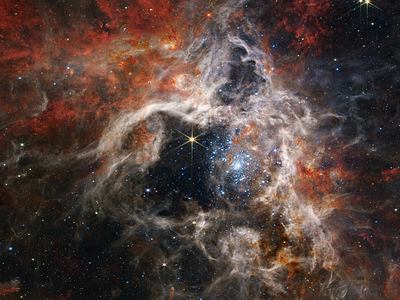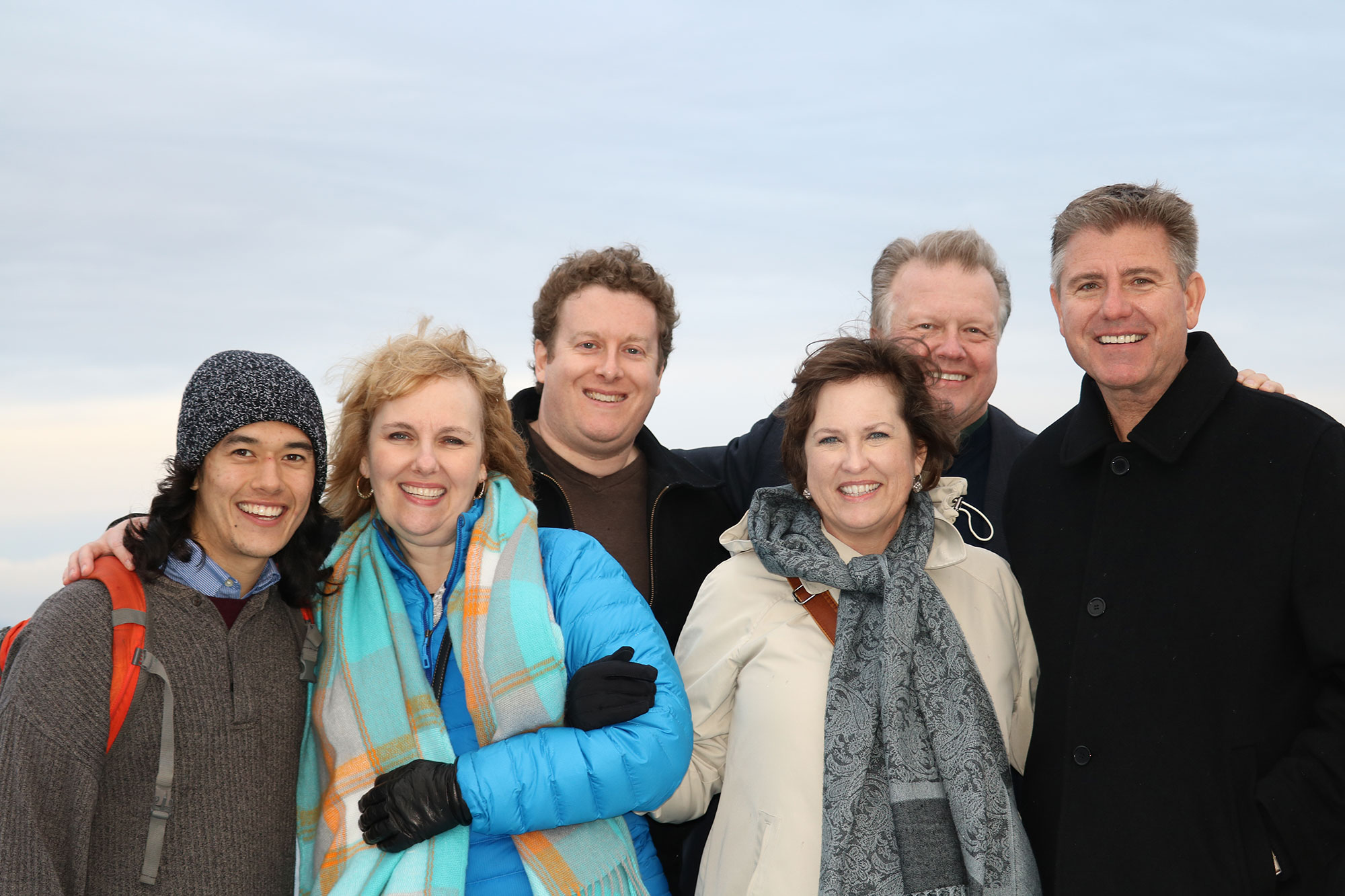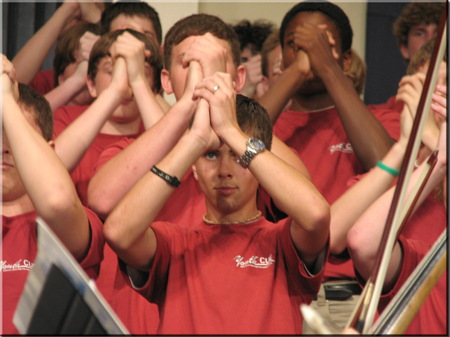When the psalmist wrote that he was “fearfully and wonderfully made,” part of that wonderful-ness surely must refer to the position we humans occupy amidst the sprawling universe. One way to think of it is this: we are perhaps positioned at the narrowest point of an imaginary, eternal hour glass. When we look above our heads with the naked eye or through the marvelous James Webb Telescope, we gaze into time and infinity with staggering astonishment and what the old gospel song referred to as “awesome wonder.” Then, when we look down the barrel of an electron microscope, we view infinitesimally tiny things … yes, even atomic particles!
It occurs to me that, whether we look upward or downward, our lives are standing precisely at critical crossroads of time and creation.
But there is more. Much more. How about exactly where we are standing, sitting, or lying down at this very moment? Put it this way … inside our bodies, all-important cells of bacteria are hard at work balancing the chemistry of our earthly frames and organs. Combine the bacterial cells with the human cells, and the human body contains approximately 38 trillion cells. Not million. Not billion. Trillion. Thirty-eight trillion.
This is all interesting information, although it would probably be much better communicated by a scientist (or at least a science teacher) rather than an artsy choral musician! Which begs the question: What does all this have to do with directing student choirs, anyway?
Well … pretty much everything!
Oh sure, if all we are interested in producing are certain sounds which involve rhythms, melodies, harmonies, and some nice texts, then all this gazing into the night skies will seem quite irrelevant. If our work is only to build out educational models or to provide general music appreciation for children and teenagers, then the thought of peering at cells through an electron microscope will surely seem totally off the rails. If we direct a student choir “so we can expose them to good choral music,” then we can be sure that our efforts are gong to fall flat. And if staying physically fit, mobile and “chiseled” is our primary goal for ourselves, then we will be missing out on so very much we could experience.
Good music taught with love and “the big view” has a way of touching students as nothing else can. When we open up the observatory roof to peer powerfully into a beautiful piece of music, into a glorious nuance of a phrase, into the elegance of a well-crafted melody — these things open up whole new worlds to students they (and we teachers) have never experienced before. It never grows old. It never becomes boring. It never lacks energy when we are able to place it into the context of the whole of life. It always hints at the mystery of God and creation and love and compassion.
The longer I do this work, the more I realize that my mission is about so much more than just teaching. It is more than guiding or building or instructing. Yes, for sure, it is all those things, but it is also about wide-eyed, jaw-on-the-floor discovery. It is not only discovery by the students; it is also discovery by the teacher. If the teacher is not intrigued with the discovery of new beauty big and small, grand and tiny, then how can we expect the students to be enamored with it, or even slightly interested?
The universe — viewed through a telescope, microscope, or through just our own human eyes (as if our own human eyes were any less of a miracle) — is utterly filled with color, surprises, beauty, glory, amazement, miracles, and mystery. The art of choral singing is no less colorful, rich, and full of life. May our work with students never lose the wonder, the power, and the discovery awaiting just beyond what we can currently see and feel.
Randy Edwards
[email protected]










